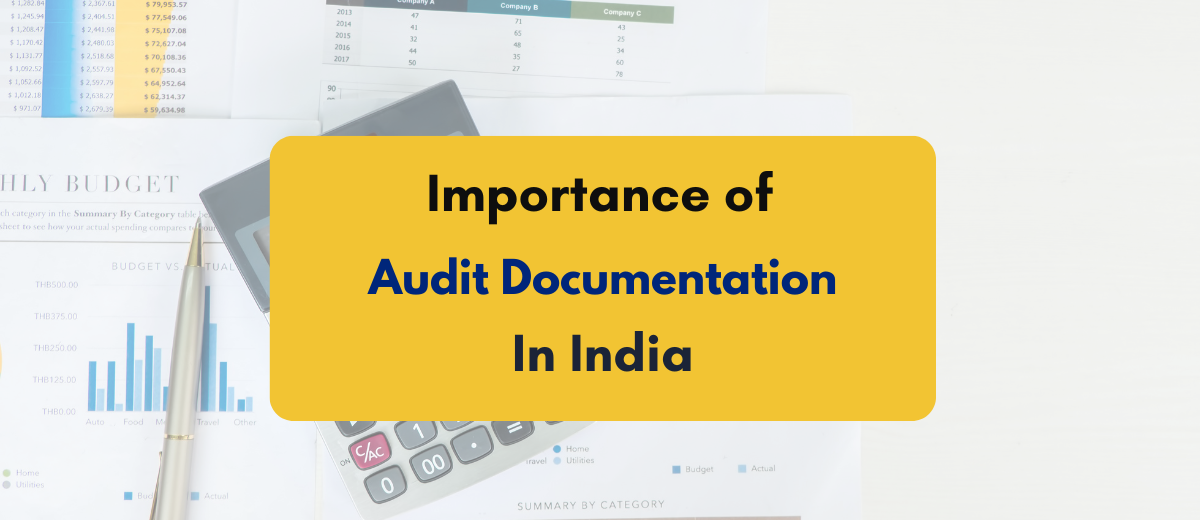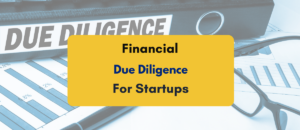The importance of audit documentation can be understood by the fact that sometimes it is referred to as the backbone of a quality audit.
Without it, accountability crumbles, fraud detection weakens, and compliance with laws like the Companies Act becomes impossible.
In this guide, we’ll break down why audit documentation is crucial in India and how you can get it right.
What is Audit Documentation in India?
Audit Documentation is defined as the records of Audit Procedures performed, relevant audit evidence obtained, and conclusions reached.
Standards on Auditing (SA) 230 issued by the Institute of Chartered Accountants of India (ICAI) lays down the basic principles of Audit Documentation.
Audit Documentation is generally referred to as “Working Papers” in India.
Audit documentation typically includes:
- Audit procedures performed: Details of tests conducted to assess financial statements.
- Relevant audit evidence: Supporting documents such as confirmations, contracts, and accounting records.
- Conclusions reached: The auditor’s judgment on significant matters
Forms of Audit Documentation
Audit documentation can be handwritten notes, typed reports, digital files, or even checklists and charts. What matters most is that it’s clear, complete, and accurate.
The significant components of Audit Documentation are:
- Working Papers are prepared or obtained and retained by the auditors in connection with work performed by them. Working papers are the properties of the Auditors, which she/he may make available at her/ his discretion.
- Audit Files are generally one or more folders in physical or electronic form containing the record of Audit Documentation for specific Engagements. It is classified as a Permanent Audit File and a Current Audit File. The auditor shall assemble the Audit File within 60 days from the date of the Audit Report.
Importance of Audit Documentation: Top 6 Benefits
Audit Documentation aids in audit planning, execution, accountability and responsibility determination, audit supervision, and audit review.
Some of the top benefits of audit documentation in India include:
Evidence:
Audit Documentation serves as evidence that the Audit was planned and performed.
It serves as a basis on which the conclusion is arrived at, and it provides Historical information and context.
Most importantly, it acts as evidence that the audit was planned and performed in accordance with Standards on Auditing.
Better Quality:
Audit Documentation ensures the Quality and Consistency of the Audit Process and so it results in better conceptual clarity of thought and expression.
Also, it strengthens the Auditor’s Justification on attaining conclusion about achieving the Auditor’s objectives.
Basis for Conclusion
Audit Documentation serves as a rationale for the Conclusion in the Audit Report and basis for External peer review.
It assists in the Auditor’s conclusion in the reasonableness of assessing the areas of Risk of Material Misstatement and also the basis for the Authenticity of the Audit.
Facilitates Audit:
It assists in supervision and review. It ensures continuity in the audit process and helps auditors to understand the works of prior audits as well as work done by the predecessor auditor.
It enhances transparency. It also serves as a training tool for new auditors, helping them understand the audit process and best practices.
Knowledge Transfer:
Audit documentation ensures smooth communication among team members and serves as a reference point for future audits.
This can help in addressing recurring issues or unique challenges an organization might be facing.
Legal Protection
And finally, from an auditor’s point of view, comprehensive documentation acts as a safeguard in case of disputes or litigation.
It provides evidence of the work performed and conclusions reached.
FAQs
How long are the Working papers required to be maintained?
The working papers are to be retained for not less than 7 years from the date of the audit report.
What is the difference between audit documentation and audit evidence?
Audit Documentation supports the conclusions arrived by the Auditors, while Audit Evidence supports the management’s assertions regarding the financial statements or internal control over financial reporting
What is Completion Memorandum?
The completion Memorandum is nothing but the Audit Documentation Summary. It answers the following questions,
- How significant matters are identified during the Audit Procedures performed?
- How are the identified significant matters addressed?
Author

Kaviyan S.P
An Article Associate with a passion for human connection, I invest in people and explore the profound meaning of life through the diverse souls I encounter. My experiences shape my writing, reflecting a deep understanding of the human spirit.

 Expert verified
Expert verified 

